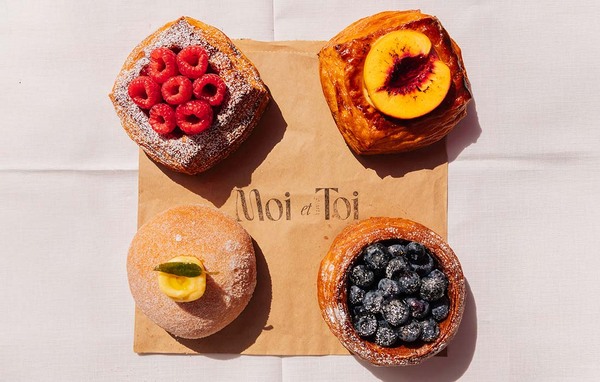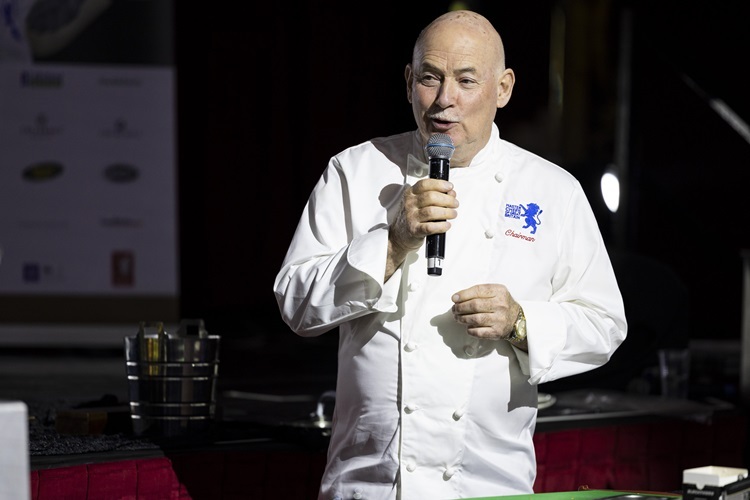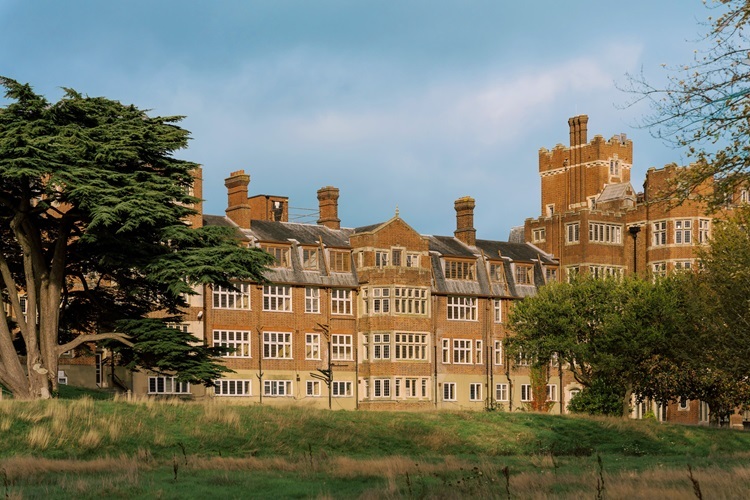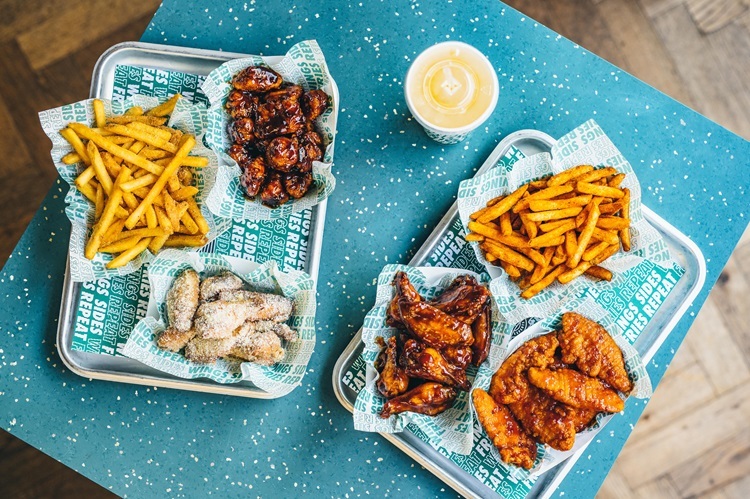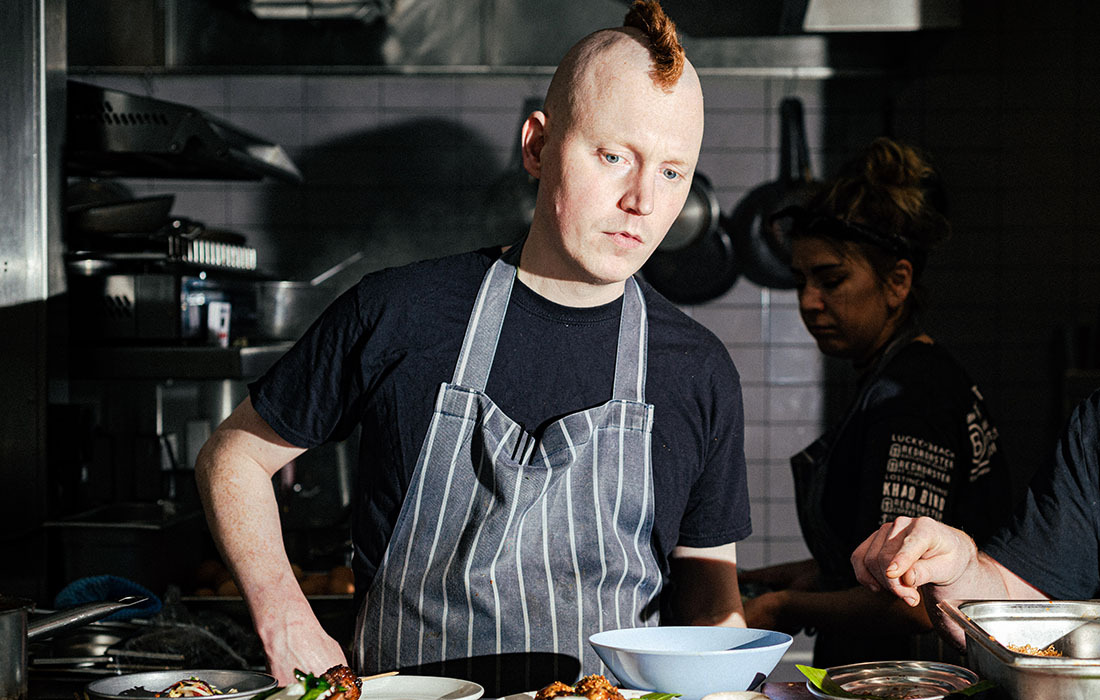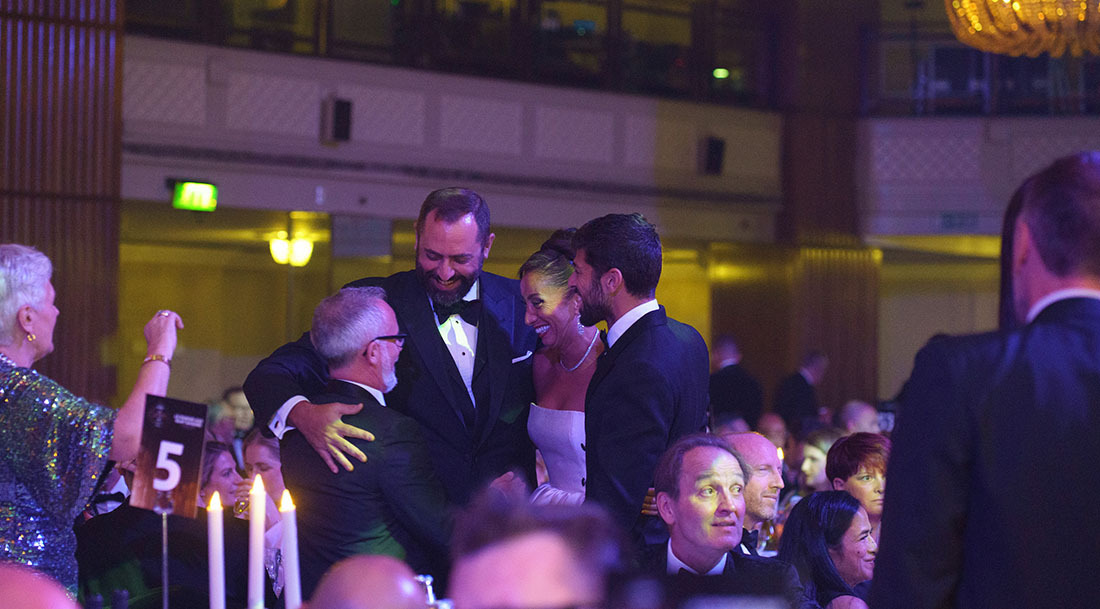Michelin Rising Stars – how useful are they?
Five years ago Michelin launched its "rising stars", which identify restaurants that are in line for a first, second or third Michelin star in the future. But with confusion over their meaning, disgruntled chefs and a conversion rate of just 50%, how useful are they as a gauge? Hilary Armstrong reports.
When the Michelin Guide Great Britain & Ireland 2010 is published next week, three chefs in particular will be keeping a very close eye on the results: Tom Aikens, Brett Graham and Alain Ducasse. For their London restaurants (plus Nathan Outlaw's eponymous restaurant in Fowey, Cornwall, which is relocating to St Enodoc hotel in Rock) were all tipped in last year's guide as "rising stars".
The rising star category - known less ambiguously as an "espoir" (hope) in French - was introduced in 2005 to recognise restaurants in line for a first, second or third star in the future. It's just one of many changes that Michelin has made in the past few years, including new editions in Asia and the USA, and even a tentative and slightly embarrassing foray into the world of Twitter (follow @MichelinGuideNY to hear about the likes of "fab tiramisù" at Tonda and "yummy spring rolls" at Jaiya).
The Michelin blurb says: "These [rising star] restaurants are the best in their category and could move up to the next category once they have demonstrated greater consistency over time and across the entire menu… they are the gourmet dining ‘stars' of tomorrow."
Now, five years after the rising star launch, it seems a good time to ask: has the award really delivered? And does it even matter anyway? Well, it certainly does to those who have received one and arguably even more so to those who have received one but failed to convert it into that all-important Michelin star.
Fraiche in Birkenhead won a rising star the year the award was launched. A year later, it received the same again, followed by no recognition in 2008 and a full Michelin star in 2009. It was quite a rollercoaster for chef-patron Marc Wilkinson, and a lengthy diplomatic silence follows when he's pressed about it. Finally he admits: "It was frustrating, to be honest. It felt like dangling a carrot then snatching it away again. After two years as a rising star, we weren't awarded the star, so people thought we'd slipped, when in fact you can only be a rising star for two years."
It's this crucial fact that has caused misunderstanding. It's not clarified in either the guide or the publicity material that there's a two-year time limit on the rising stars, and as a result, many critics, industry pundits and chefs simply don't realise it.
A WINDOW OF OPPORTUNITY
Derek Bulmer, editor of Michelin's Great Britain & Ireland and London guides, explains that the fixed two-year time frame is a "window of opportunity" for chefs to come through and achieve what Michelin thinks they're capable of - or go back to where they were.
"If the rising star only meant ‘better than the average', we might not see changes," he explains.
However, at the time, Wilkinson, whose cooking had garnered glowing notices elsewhere, wondered what more the French tyre men wanted.
"It sounds a bit mad but I just gave up," he recalls. "I dropped all mention of awards and guides from my website for a while. I realised what mattered is having customers who like what we're doing - it took me long enough to work that out. I decided that if I kept evolving in the direction I wanted to evolve in, then the guides would hopefully like it, too.
"Ultimately, I think it has made me be more individual and given me confidence in my own approach. It has been a hard slog, especially because of our location - and I was convinced they didn't give me the star because they thought I was going to go bust. But since getting the star in 2009, I have to say nothing - nothing - touches Michelin for publicity."
André Garrett, head chef at Galvin at Windows, also has first-hand experience of the rising star conundrum. When a rising star in 2007 and 2008 failed to deliver the hoped-for Michelin star in 2009, Garrett (who held a Michelin star previously at Orrery) felt crushed. He too refers to the award as a carrot dangling tantalisingly out of reach.
"If you don't quite catch the carrot, people wonder," he says. "I understand that Michelin is trying to give the public a better picture of what's going on, but for a business it can be quite dangerous."
He adds that while he has never lost a star, it was very disappointing not to deliver on the rising star. "I had several conversations with Michelin and have since had a very open conversation with the head inspector but they don't give you any guidance," he says.
"You can't ask, ‘What can I do?' They're not going to tell you. They want you to do what you do; to be comfortable in what you're cooking - which, of course, is a good thing. Personally, I think we've been better since they took [the rising star] away. I've been more relaxed. It has taken the pressure off and allowed the food to evolve naturally."
CONVERSION RATE
Currently, around 50% of restaurants tipped to rise have done so. The figures are broadly the same for other countries.
"We'd probably hoped for something nearer the 70% mark but that has made us analyse even more closely where we were giving the rising stars," Bulmer says. "We have to really believe that they're likely to come through. I'd like to think we'll see a higher conversion rate in the future."
A few disgruntled or plain confused chefs aside, the award was always introduced for the reader - and the reader alone.
"Within the one-star category there is quite a lot of variation, from those that have just received one to those that sit solidly in the middle and those that are pushing towards the two-star mark," Bulmer explains.
"The rising stars show readers who's at the top end of each category. It gives them a little bit more information."
So far, reader response has been positive, according to Bulmer. "Since we introduced it, we have had a lot more reader feedback," he says.
"Readers appreciate more information and they're the ones we create the guide for, so in those terms it has achieved its objective."
That said, Bulmer concedes that as a new initiative, there's still not that much awareness of the rising star among the wider public. Another problem is the struggle to quantify exactly what it means. Is it a demi-star? A star-and-a-half? Is the chef one "point" off an upgrade? Two points? Three points? Who knows? Michelin's time-honoured "jamais s'expliquer, jamais s'excuser" approach only clouds the issue.
Bulmer agrees that the rising star has been interpreted by chefs as another grade, something like a star and a half, but is at pains to stress that's not the case.
"We know from the chefs that have got it that they almost treat it as another award, which it isn't really," he explains. "It's just putting the spotlight on them. It's not an award as such; they haven't actually achieved anything yet."
Bjorn van der Horst, chef-patron at London's Eastside Inn, is a fan of the rising star. When he was head chef at the Greenhouse in London in 2006, the restaurant was given a rising two-star accolade.
"Being so new to London at the time, it was great recognition," he recalls. "The message it gives off is not interpreted by everybody the same way, though. Some chefs take it to mean ‘I need to push it a bit more; do something different'. I understood it to mean ‘keep doing what you're doing; you're on the right track'. It's nice to know where you stand. It's also a little bit of extra communication and Michelin doesn't communicate a lot!"
Next week, all eyes will be on Tom Aikens, whose eponymous restaurant will either be promoted to two Michelin stars or see its rising star status removed. Aikens declined to comment, but said on the publication of the 2009 results: "I won't pretend that I am not disappointed about not moving up the Michelin ladder to two stars this year, but I'm pleased that we have kept the rising two-star status."
Whether he'll pull that second star out of the bag this year remains to be seen, but having held five AA rosettes since 2008 as well as two Michelin stars in the past (at Pied à Terre), it would surely be a serious disappointment if he didn't.
The pressure isn't quite so intense at the Ledbury in London's Notting Hill, where head chef Brett Graham is only halfway through his "rising star" tenure.
"We're still quite a young restaurant and are improving year-on-year. There is a little bit of extra pressure but rather than put the focus on getting the star, we've tried to improve the business and improve the experience for our customers," he says.
"I'm a bit undecided about whether the category is a good thing. It's a bit of a no-man's-land. Getting two Michelin stars used to be a huge, massive thing that happened to people. Now they're half-telling you. Last year, it was a massive surprise and who knows what will happen this year?"
Who knows indeed? But one thing is certain: there's not the faintest chance that Michelin's three-tier system, in place for more than a century, will be recalibrated.
"It would be far too radical for us to change it and I don't think anyone would even want that," Bulmer says. "What we can do, however, is tinker around the edges. The rising stars enhance the existing system; they don't touch the fundamental system."
Last year, when many industry pundits predicted upgrades for the rising stars, it was underdog Martin Burge of Whatley Manor in Wiltshire who stole the show by leapfrogging the "espoirs" to claim his second star. Perhaps history will repeat itself in 2010. Who knows; we might even see a home-grown three-star pip Alain Ducasse (at the Dorchester) to the post. You never can tell. But that's Michelin for you: infuriating, fascinating and always predictably unpredictable.
The Michelin Guide Great Britain & Ireland 2010 is published on 19 January. For the full results see next week's issue of Caterer and visit www.caterersearch.com/michelin
MICHELIN RISING STARS - 2OO6
Rising one-star
- Fraiche, Birkenhead (converted 2009)
- Atlantic Hotel, Jersey (converted 2007)
- The Harrow, Marlborough (converted 2007)
Rising two-star
- The Greenhouse, London
- The Vineyard at Stockcross (converted 2007)
MICHELIN RISING STARS - 2007
Rising one-star
- Fraiche, Birkenhead (converted 2009)
- West Stoke House, Chichester (converted 2008)
- Cotswold House, Chipping Campden
- Combe House, Honiton
- Tean, Scilly Isles (converted in 2008, lost in 2009)
- Linen Room, Dumfries
- Abstract, Inverness
- Galvin at Windows, London
Rising two-star
- Foliage at the Mandarin Oriental Hyde Park Hotel, London
MICHELIN RISING STARS - 2008
Rising one-star
- The Wheatsheaf, Combe Hay
- Combe House, Honiton
- The Nut Tree, Murcott (converted 2009)
- Auberge du Lac, Welwyn Garden City (converted 2009)
- Galvin at Windows, London
Rising two-star
- Nathan Outlaw at Marina Villa, Fowey (closed November 2009)
- Tom Aikens, London
- Hibiscus, London (converted 2009)
MICHELIN RISING STARS - 2009
Rising two-star
- Nathan Outlaw at Marina Villa, Fowey (closed November 2009)
- Tom Aikens, London
- The Ledbury, London
Rising three-star
- Alain Ducasse at the Dorchester, London


